|
A fellow reefer was shutting down his tank due to an impending house move and kindly offered to send me some of his cool hitchhikers. I am always looking for any extra diversity so welcomed them with open arms. He sent me two small bivalves, a small rock with an encrusting purple sponge and a handful of mini brittlestars. Unfortunately I made the mistake of adding the brittlestars to same container as the rock for acclimation so when I came to check on them a bit later on they had all managed to pile inside the rock somehow. Therefore I don't have any brittlestar photos to show, duh! I think one of the bivalves is an ark clam, maybe a bearded ark clam, Barbatia sp. (possibly Barbatia candida), the other one looks like a rectangular false cockle, Cardita variegata. I'm no shell expert though so take those IDs with a pinch of salt. After acclimation I placed them on the sand to check for signs of life and sure enough both opened up a little. I'm even worse at identifying sponges so I'm not even going to try to hesitate a guess at that one. The next day the Ark clam had completely vanished, I'd been warned that it liked to go a wandering so I wasn't particularly surprised to find it gone. I tried really hard to find its new location but failed completely. The other bivalve was still sat in the same spot on the sand so I carefully moved that to a spot under the rockwork.
Sponges tend to grow best out of the light so I placed that little rock underneath a ledge. The following day however I discovered one of my money cowries loitering right next to the sponge. I gave it the benefit of the doubt but it became clear later on that the cowrie was actually eating the sponge. The top left part of it had been totally consumed. I immediately pulled the cowrie away but 5 minutes later it was back on the sponge again. Nooo! Clearly this sponge is super tasty or something. I cannot be on hand all the time to defend it from hungry molluscs so I pulled the sponge out and placed it in the sump. A couple of weeks later it seems to be doing OK down there and may even be growing a little so I'm just going to leave it there now.
0 Comments
When one of my hermit crabs decided to upgrade his shell, I gave his old home a prime position in the tank front and centre next to the glass. Why did I feel the need to feature an empty shell? Well, this particular shell is home to an abundance of neat hitchhikers. Aside from the purple coralline algae there are the the bumpy pink blobs, these are a colonial foraminifera called Homotrema rubrum. These forams feed on tiny particulate matter, bacteria etc that they catch using fine filamentous protoplasmic strands that poke out of the pink shell. Apparently the pink colouration is due to an iron salt that is incorporated into the shell. Pretty cool huh! Then there are the teeny tiny barnacles. There are at least a dozen scattered over the surface of the shell. I love watching them extend their feather like cirri in and out sifting for food. I fully expected them to starve quite quickly in my tank but they must be finding enough food as they are still doing their thing. Additionally in the photo above you can just about see a pair of dark/transluscent coloured things (no idea what that is) top left and another pair of whitish siphons just to the right of them, a tunicate or sponge maybe? There are also some small chaetopterid worms and vermetid snails too (they get everywhere). Last but not least a baby sun coral has decided to join the party too. So much life on one small snail shell and that's not even counting the amphipods and mini brittlestars that are taking shelter inside and underneath it. Too cool!
I first discovered Charlize the hitchhiking crab sitting at the base of the Seriatopora in February 2017, she was such a tiny little thing back then no bigger than the nail on my little finger. For a couple of months I let her do her thing before deciding to move her after she knocked a frag off the rockwork. She was surprisingly easy to catch and rather than dispose of her, something I never like to do with any living creature, I placed her into the most desirable of crab residences, the refugium! Since then she has positively thrived and has grown incredibly. She's a beefy crab now measuring a couple of inches across, quite a bit bigger than the Emerald crab she now shares her home with. When I added Bruce (the Emerald crab) I did worry that there might have been issues between the two but so far everything's been good. They tend to hang out at opposite ends of the tank although I occasionally find them relatively close together as in the second photo below. I can't help but wonder how much growing Charlize still has left to do, I may need a bigger refugium if she keeps expanding, gulp!
It's been five months since I removed the frag of Acropora sp. #2, due to an infestation of red bugs (Tegastes acroporanus). As I reported before a tiny piece of encrusted base remained in the tank, it was scrubbed rigorously with toothbrush whilst the surrounding water was siphoned away. The Acro base amazingly survived the scrubbing ordeal and has finally began to branch upwards once more. It appears to be red bug free, however, and this is the big downer, the tank is NOT free of these pests! Whilst taking some macro photos of the corals yesterday morning I discovered that at least three of the other Acropora sp. have red bugs crawling over them too (A. gomezi, Acropora sp. #3 & #4). So basically I tossed Acro #2 for nothing. To say that I'm feeling a wee bit disheartened with the tank right now is an understatement. So what to do now? Remove all of the Acros? But most are encrusted to the rockwork so this would be tricky. Try biological control using a pipefish? The biggest drawback with this (apart from size of the tank, feeding/flow issues blah blah) is that I feel the tank is fully stocked now (see below for the recent and last fish additions). Of course I could strip the tank down entirely and quit or start again. The word 'upgrade' and using this tank as a quarantine tank has even been mentioned! Lots to think about. Elsewhere war is underway between the Favia sp. and the Cyphastrea sp. The Favia is clearly winning since there is an area of dead skeleton on the leading edge of the Cyphastrea. The fighting occurs only at night so I'm going to have to camp out with a flashlight if I'm to catch the Favia in battle mode. Also the green encrusting Montipora is on the losing end of a clash with Acropora loripes. Now on to happier news (had I known about the red bugs I would have held off buying any fish but I didn't, *sigh*). I visited my favourite fish shop a couple of weeks ago with the intention of choosing one final fish for the tank, I thought maybe a firefish or a wrasse, one that might actually relish eating pyramid snails. Talking of which I've just spotted one of the buggers in the shot of the damaged Cyphastrea above, argh!! Anyway, I decided against buying a firefish (I really loved the Helfrichi but just couldn't bring myself to fork out so much for one fish) and was discouraged from trying a Leopard wrasse because of possible compatibility issues with my resident Yellow wrasse. Instead I was directed towards the fairy wrasse; colourful and peaceful and not overly large. Now I must confess that I didn't really know too much about this group of fish so I was relying heavily on what I was being told by the lovely shop assistant. There was a group of Pintail wrasse, males and females (although they all looked pretty much the same to me) and apparently I was informed that it was possible to keep a male and female pair together, which is always a plus point for me. I have since found out that female fairy wrasse almost invariably change into males in a captive environment resulting in warfare between the now two males. Unfortunately I was an hour into my journey home when I discovered that fact. I should have walked away for a coffee and research time before having a pair bagged up. Anyway they are in my tank now so I'll have to deal with issues if and when they arise. As if I don't have enough issues already! These fish are really very pretty, the male is slightly larger than the female with perhaps more defined markings but to be honest they don't look that different to me. I hope that's not a bad sign. As expected they took some grief from the Rei the Yellow wrasse. She was not best pleased to see some new fish moving in to 'her' tank. She is the undoubted boss of the tank. The rest of the fish ignored the new additions after their initial curious inspections. The har-wrasse-ment by Rei continued for about three days after which she decided it was just too much bother and now lets them be. Most of the time she ignores them aside from a few half hearted chases every now and again. OK these Pintails really like to eat!! Right from the very first feed they were in there grabbing their fair share even stealing food from right under the nose of Rei and they'll eat whatever I add to the tank almost without question. At the moment during the day they coexist quite peacefully with each other. When the lights dim in the evening there is a bit of jostling for sleeping accommodations, at least that's what I think is going on. It certainly doesn't look like the male is displaying to the female. I will be watching on very carefully for signs of it all going south. Gulp! And now for a few more updated photos. Sorry there's no video footage yet, I got a bit distracted by the red bug fiasco and needed a large glass of wine to help ease the pain.
Charlie climbed to the top of the refugium to say hello to me this morning. I discovered her sitting on top of the thick mat of algae. Oh my, she's grown a lot! So is clearly finding enough to eat down there. :o)
A coral update, first up Acropora sp. #3. In April I thought this coral was beyond hope, it was bleached and areas of the frag were dead. Then the lighting schedule was altered and things began to slowly improve. The lovely green colour returned but algae took a hold on the dead skeleton. Now, in June, the Acro is as green as ever and the flesh is regrowing over the bare skeleton. An amazing recovery which highlights just how resilient these corals can be given the correct conditions. Moving on to Acropora sp. #2, not such good news here I'm afraid. At the beginning of March I discovered that this coral was infested with red bugs, Tegastes acroporanus. I made the decision to try rid the coral of this pest by dipping it in Polyp Lab's Reef Primer, the only treatment I had in house at the time. The dip did work, killing the bugs and the Acro appeared to be pest free for weeks following with good PE. However, recently I've noticed that the coral had stopped growing and the polyps were absent again, Sure enough on close investigation the coral was covered with red bugs once more. Obviously some of the red bugs survived the first dip or remained in the tank jumping back on the coral after it was reintroduced. So, what to do now? In the intervening months the coral has encrusted at the base so removal was not a simple option. I can't deny that I wished that I'd just chucked the coral the first moment I discovered the little blighters thus (maybe) solving the problem straight away. After taking a big breath I deliberated the problem for a few days, revisiting the idea of dipping the Acro again and also the option of biological control. If I thought that adding a Dragonfaced pipefish was a sure fire fix and my tank could have supported one I would have been setting up some copepod cultures straight away in preparation and given one or more a try but it's such hit and miss affair. Some individuals eat them and some ignore them and I cannot in all conscience add a fish that might not thrive just to fix a problem of my own making. I should have QT'd the coral or least dipped it before adding, sigh! Never trust an LFS for a healthy pest free frag! In the end I opted for removing the coral as much as I could before a water change and scrubbing the remaining encrusted base whilst siphoning the water at the same time. Either the encrusted base survives without the bugs which is a perfect result or the encrusted base dies but I'm red bug free which is acceptable or worst case scenario the red bugs are present on another coral in which case I have destroyed a perfectly viable frag for nothing. Stay tuned for updates if you dare.
I've been really pleased with the progression of the tank recently, the fish seem settled with no argy-bargy between them, coral colouration continues to improve with each week and things are generally looking healthy. I hope by saying that I've not just jinxed everything now. As a consequence I have been on the look out for a few more corals to add a bit of extra interest to the tank. It's proven hard to source the last few bits from my wish list as they don't seem to be readily available or the pieces I've come across in the shops are just too big to squeeze in my tank. Regular readers (if there are any out there? Ha ha!) will know that I've been trying to stick to small frags so that I can enjoy watching them 'grow in', plus buying aquacultured corals has always got to be a good thing, right? After 7 months of keeping my eye out I resorted to shopping online (my second favourite pastime). I never thought I would actually take the chance of buying corals online but so far my experience of it has been all great with no losses to date. Yesterday the postman brought me not one, but two packages, it was a very exciting day. The first package contained 3 corals. A Balanophyllia sp., possibly my new favourite coral. This is non-photosynthetic and will require feeding by hand but it is so very, very pretty. I had originally wanted to source a small colony of sun coral (Tubastrea sp.), as I've kept those in the past and found them easy to care for but have not seen any for sale, They used to be regularly available but not any more it seems. Anyway this species is very similar (and fits in the small size theme) so I decided to give it a go. My research has suggested that they only extend their feeding tentacles at night but this one seems happy to open up no matter whatever the time of day which is wonderful, more time for me to admire it! As a bonus there is a mussel attached at the base, although I haven't ascertained if it's still living or not. I do hope so but keeping it that way may prove difficult as it's a filter feeder. Check out all those nematocysts! Then came a baby plate coral, now I knew that I wanted an LPS coral with swaying tentacles and had originally considered a Euphyllia sp. but I know these can get very large over time so I finally settled on a plate coral. When I saw this baby one available I knew that I wouldn't have a better opportunity to purchase one, it really is tiny measuring just 2cm across when the tentacles are expanded. Normally these corals are free living on sandy or muddy substrates but this one presently has a 'stalk' and when it arrived was glued to a flat frag plug. Unfortunately the frag plug was covered in tiny Aiptasia so it just had to go. The base was duely chopped off along with as much of the original superglue as I dared (and there was a LOT!), then it was fixed it onto a spare piece of rock I had in the sump (I just knew that I'd find a use for that rock eventually, lol!). Now I am hoping that this coral is indeed a long tentacle plate coral, Heliofungia actiniformis and not a very small branch of a torch coral, Euphyllia glabrescens. They do look rather similar when small. I guess time will tell, if it grows and detaches from the base to become free living then it'll be a plate coral, if it develops new branches then it's not! The final part of this order was a Sunny D zoanthid (plus a baby bud), during transit the polyp had worked itself free of the frag plug so clearly it had been fragged very recently. My first response was one of annoyance but as I hate the look of frag plugs in general it proved fortuitous, it was a simple matter to dab a bit of glue to the base of the polyp and fix it to my live rock. It opened up within a few hours of introduction and is still there today so hopefully it'll survive. I think it's fair to say I'm now a fan of zoanthids, I'm up to 7 different types now, how did that happen?! ;o) My second online order came all the way from France, how brave was that!! Ever since I added my first gorgonian I knew that I wanted to introduce at least one other species. I had been waiting to purchase the purple frilly gorgonian that Reefworks supply but as it hasn't been available for months I started searching elsewhere. Sadly gorgonians seem to be a bit of an afterthought at most LFS I have visited. The SPS corals are lined up neatly in tanks but the gorgonians seem to be plonked in without any care to their wellbeing at all, most ending up lying on their sides and being stung by something more aggressive resulting in stripped branches or worse. Fortunately for me I discovered Eco-Gorgs, sustainably-produced aquarium sized Carribbean gorgonians, perfect for me and only a few clicks away. OK, admittedly a bit of a journey was required to get them to my tank but worth the chance i thought. First in my basket was a small frag of Plexaurella sp. and very fluffy looking it is too. This was followed swiftly by Isis hippuris, though I have to say it doesn't look anything like images of this species online but what do I know? ...and lastly Muricea elongata because it seemed a shame to only order just 2 corals when they were coming so far. This is the only one that has not fully extended all it's polyps yet. I had to leave all 3 gorgonians on the sand for a few hours after acclimation whilst I went out and when I got back this one had been knocked over, typical! There seems to be a bubbling issue with the two branches that had been in contact with the sand. Fingers crossed it will recover in a few days time. That's it for the time being, I'll try for some better shots of the new corals later on in the week when they've fully settled in and maybe even a new FTS. If you've managed to read all the way to the bottom of this post then top marks, you must be a sucker for punishment!
On the 18th April I relocated Charlie (or is it Charlize?) the hitchhiking crab from the DT to the refugium. After almost 4 weeks of no-show, today I discovered him (her?) alive and well in the jungle. I am chuffed, what a survivor! Also I've also been playing around with a new macro lens, starting with some of the easier corals to capture.
I love getting out the magnifying glass and looking at the small stuff, there's always something new and cool to discover. The continuing saga of the pesky tiny Aiptasia.
I noticed the first tiny polyp growing out of the sand in the front left-hand side of the tank on the 22nd January, I immediatly siphoned it out with a pipette connected to some airline. Then on 5th March, two more appeared in the same area. They were promptly removed in the same manner. Unbelievably on the 10th March, yet another one appeared in the sand, what the?! Am I just removing the heads and they grow back from the base? Clearly siphoning them out was not working so this time I decided to nuke the little guy with some Aiptasia-X. Was that the end of it? Err no! A couple of days ago another one popped up in the same area. Arrrgggh! This time I took a scoop and removed the polyp and all the surrounding sand too. Only time will tell if I've beaten them this time, the strange thing is that they haven't appeared anywhere else in the tank... yet! Here it is in a glass cup, so I definitely removed something! |
AuthorHi, my name is Lisa and I live in Derby, UK. I am a self-confessed reefaholic! Archives
July 2022
Categories
All
|
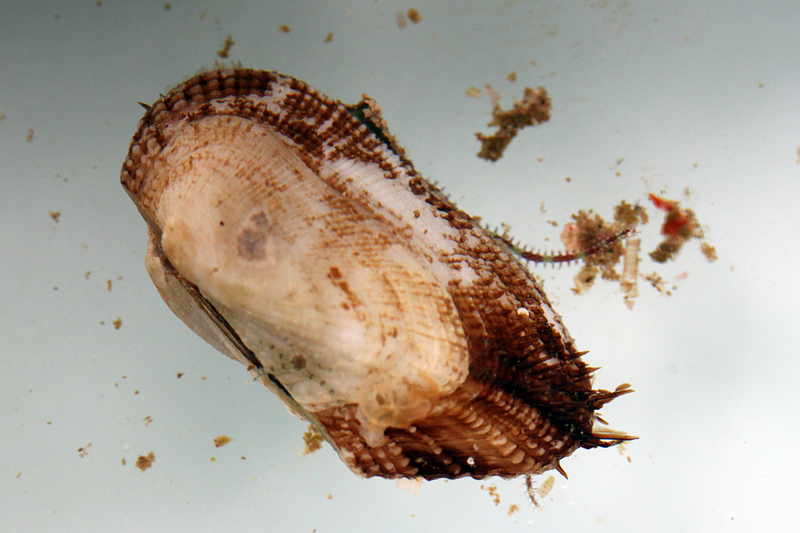
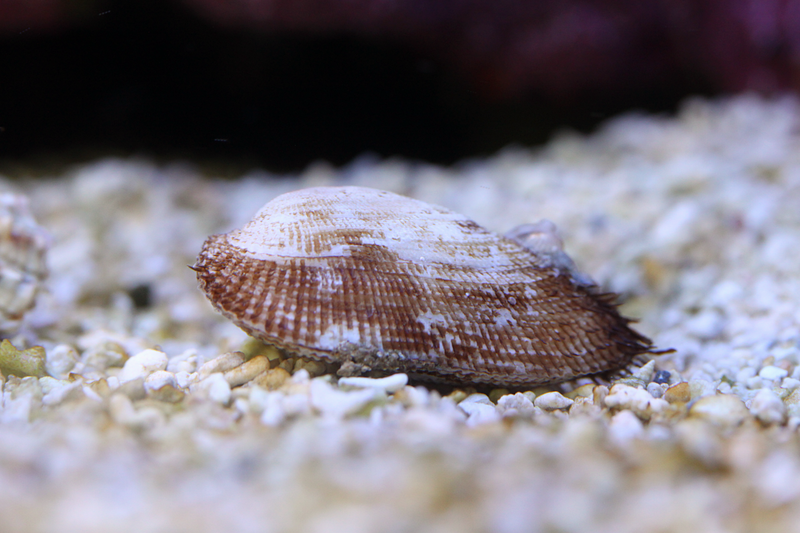
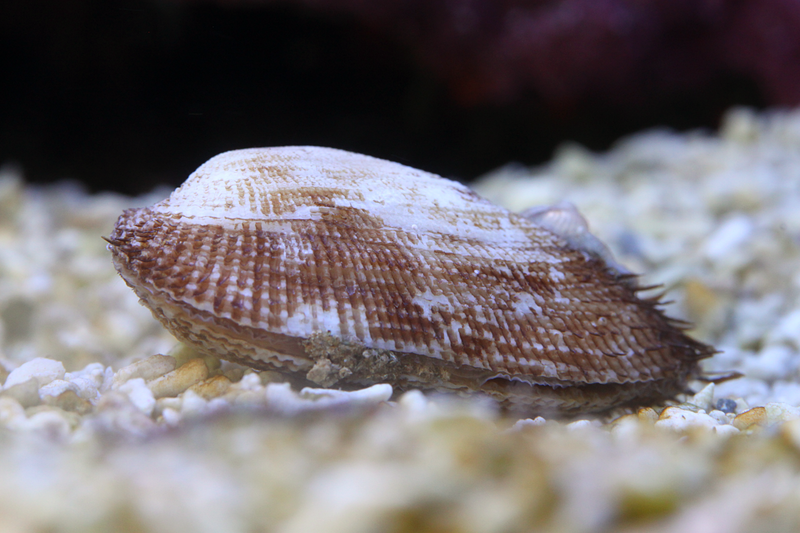

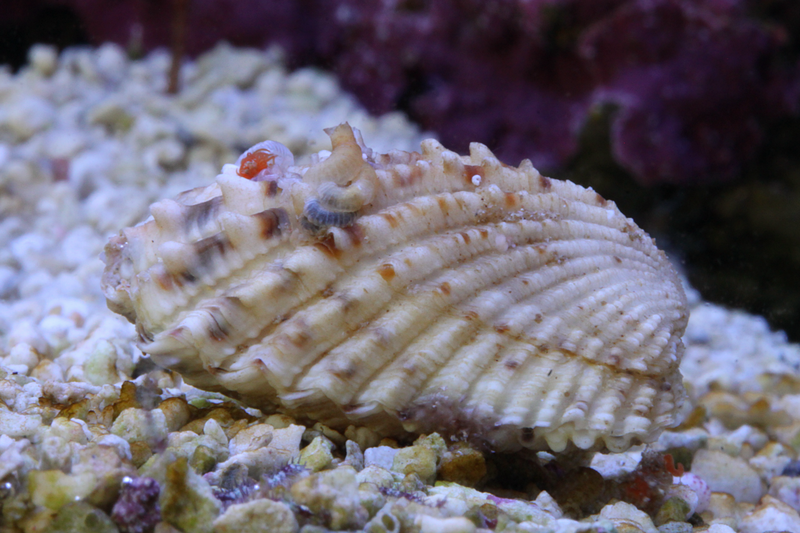

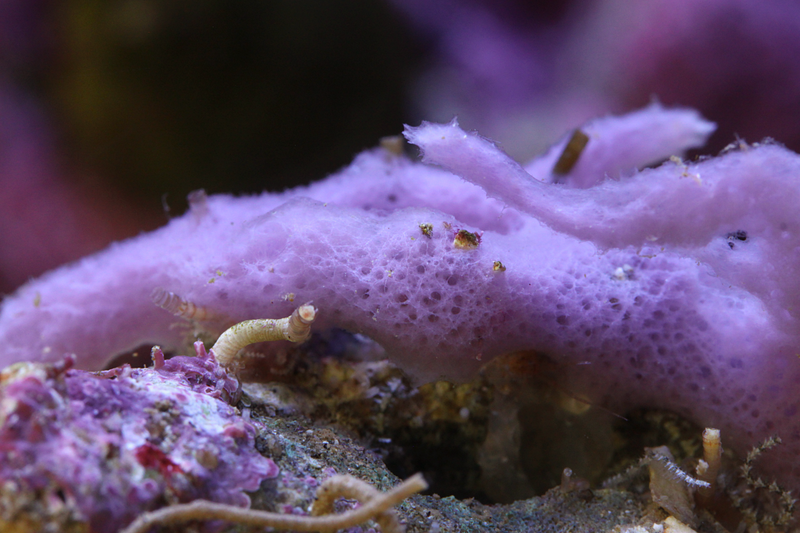
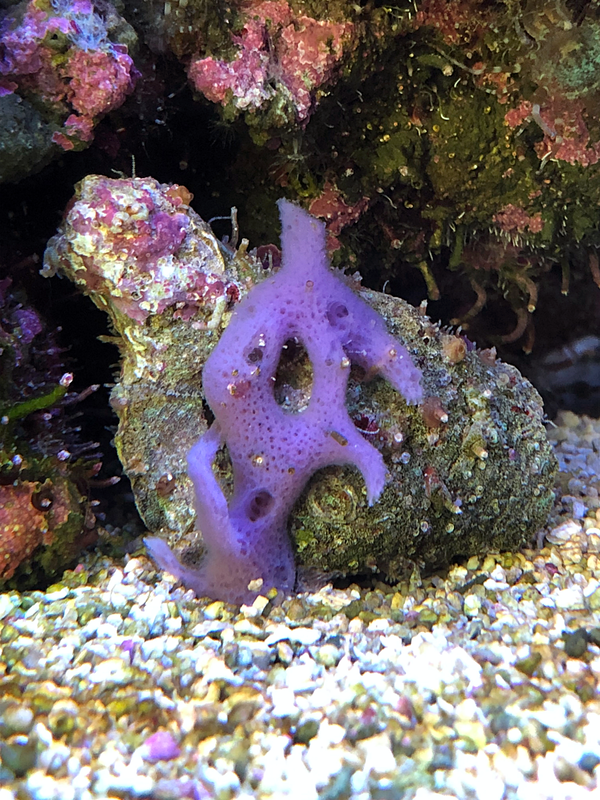
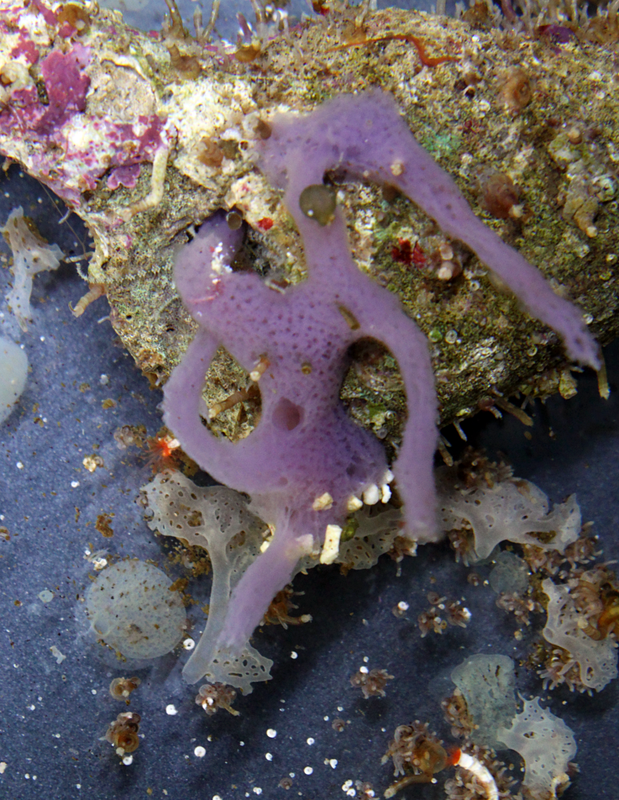
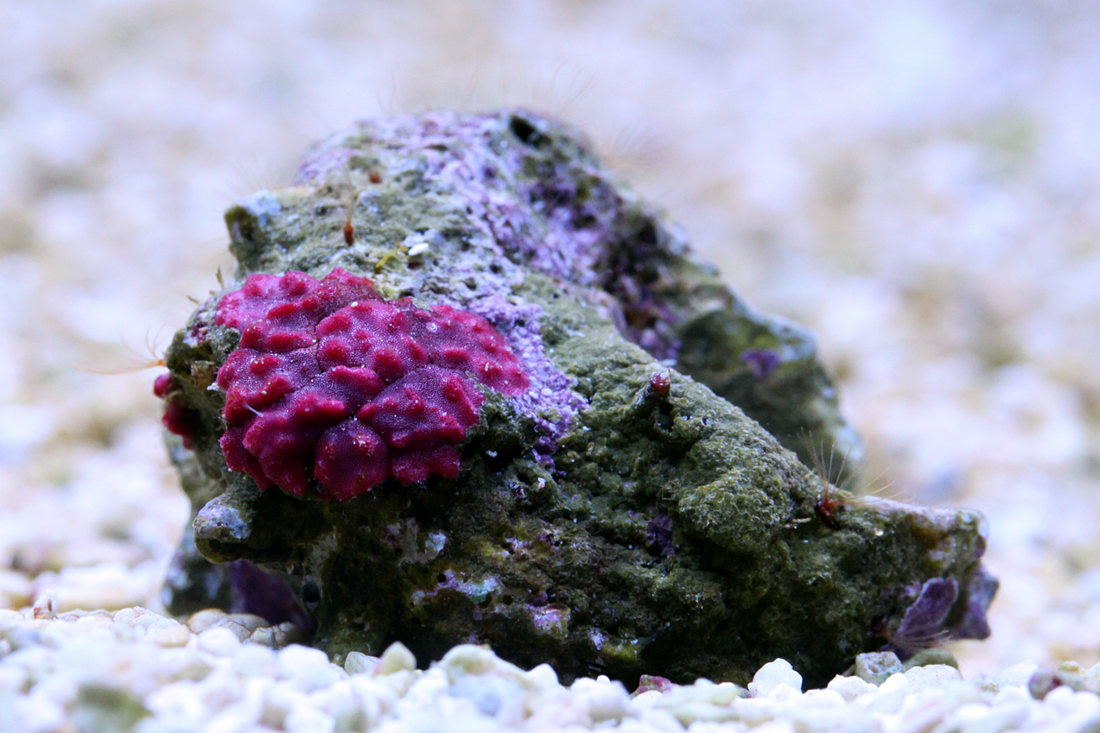
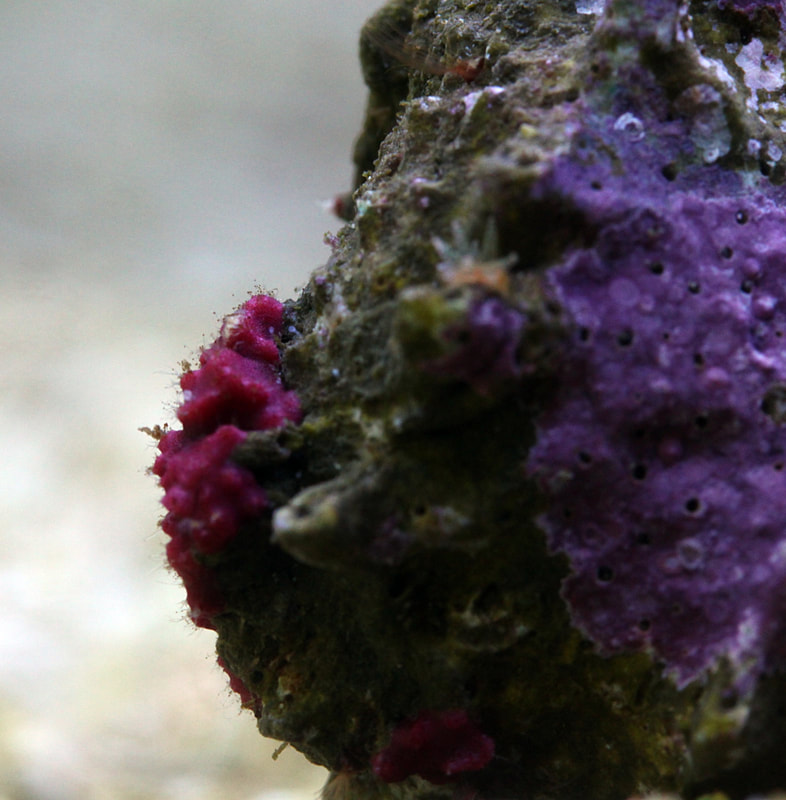
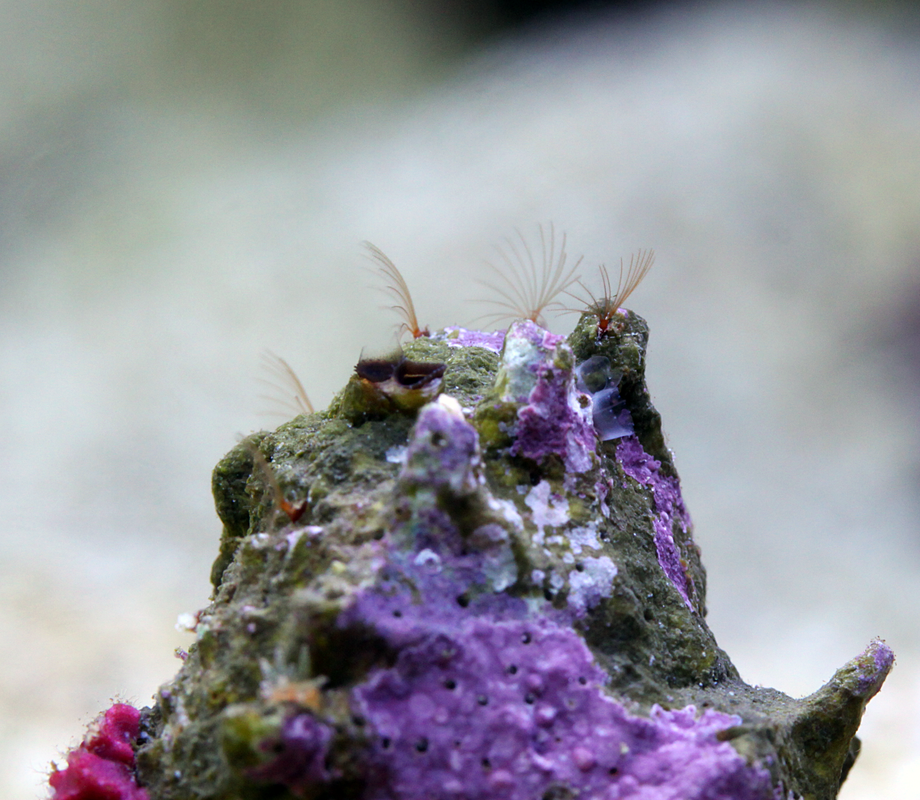
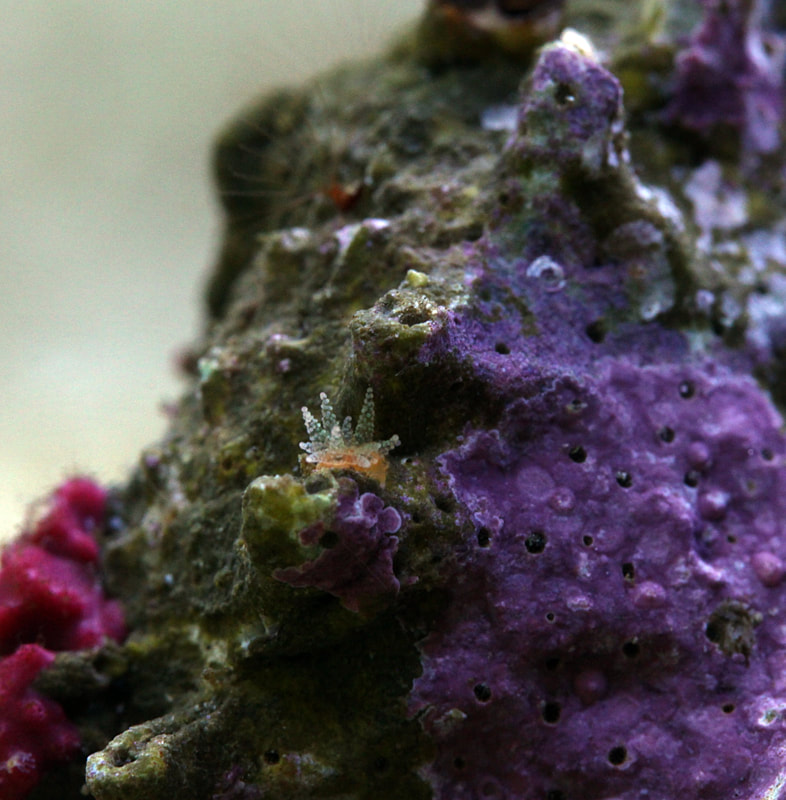
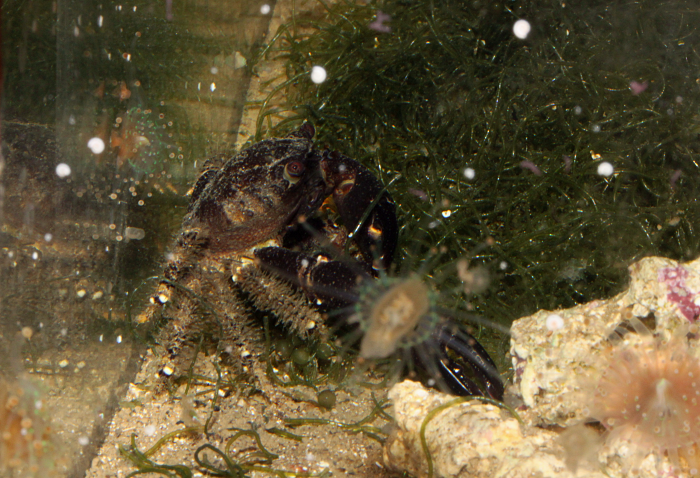
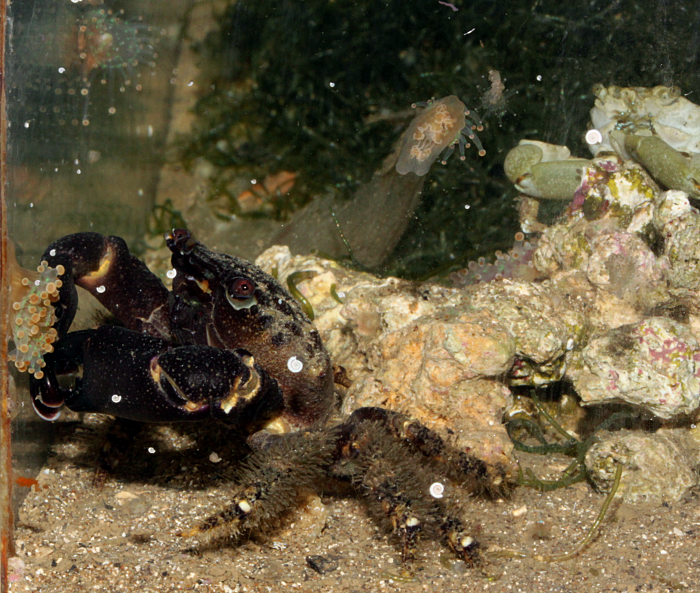
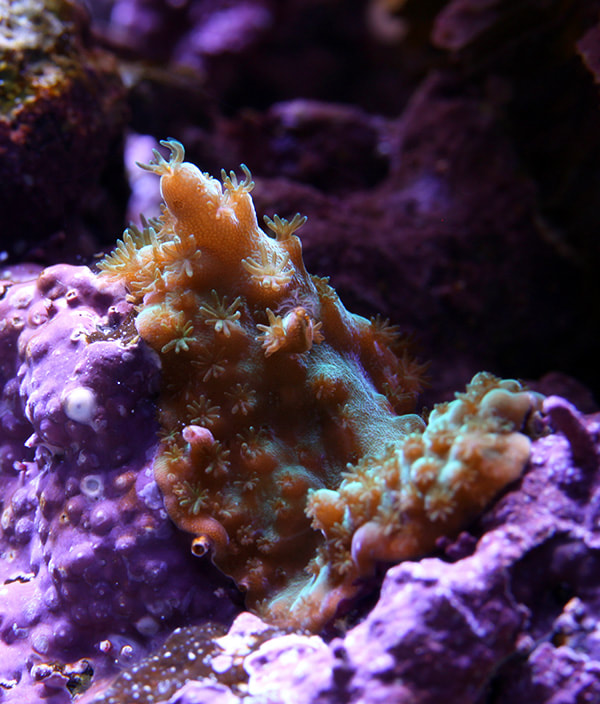
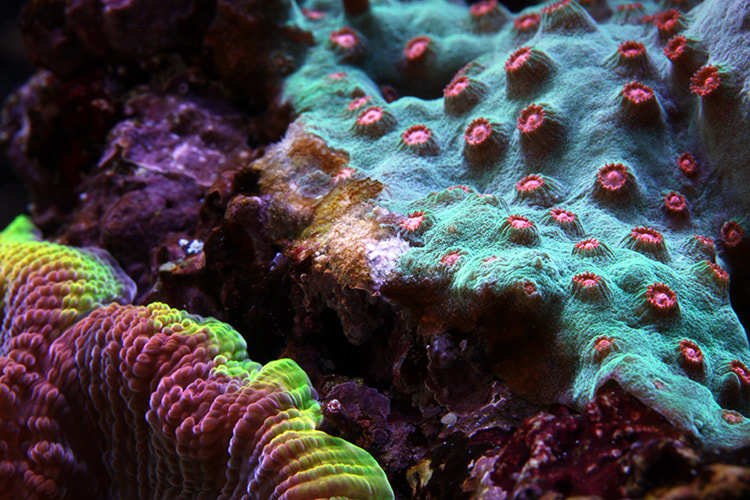
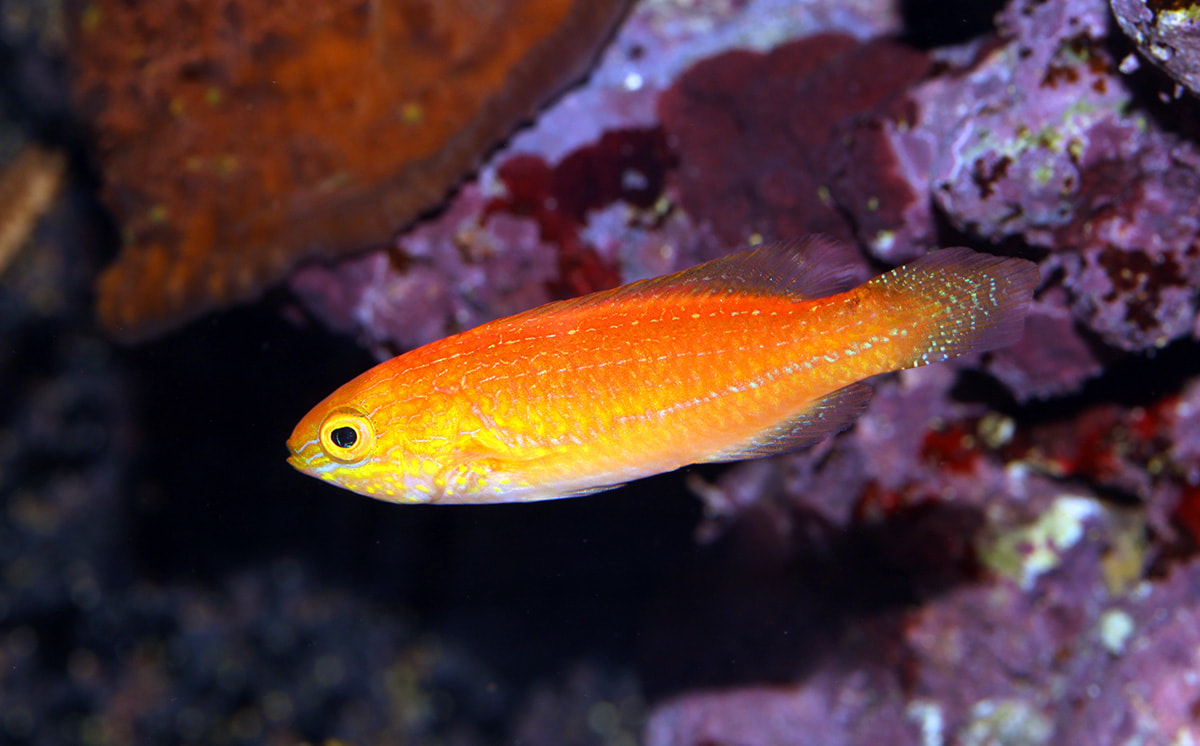
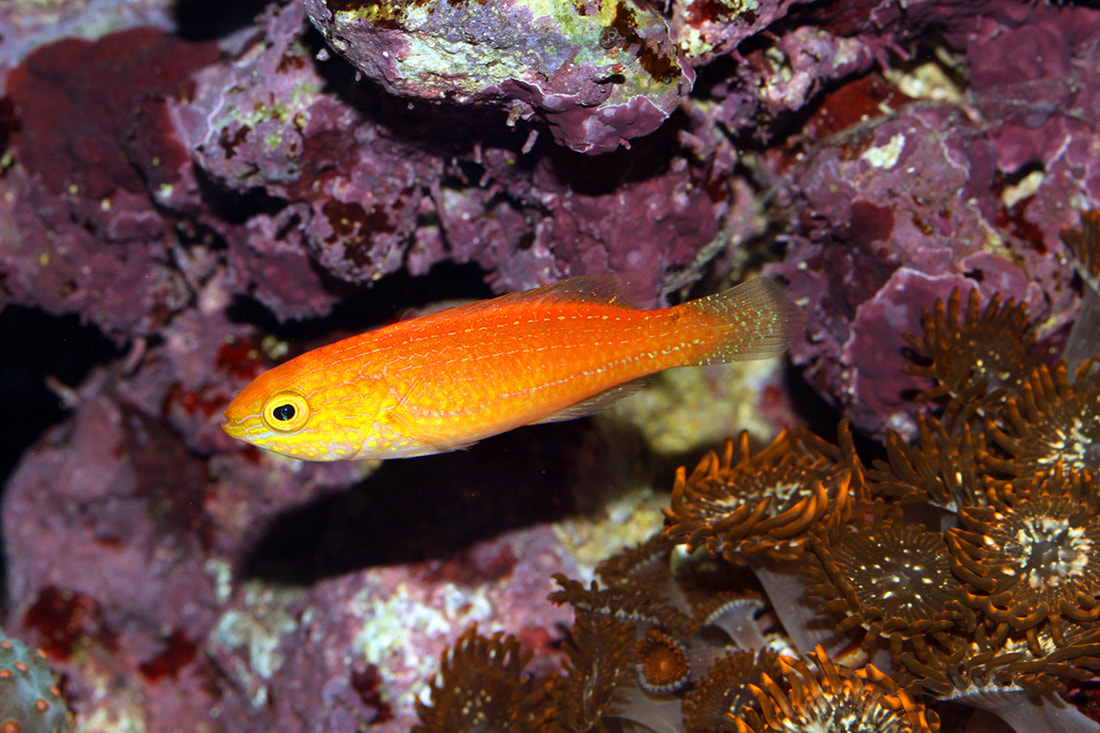
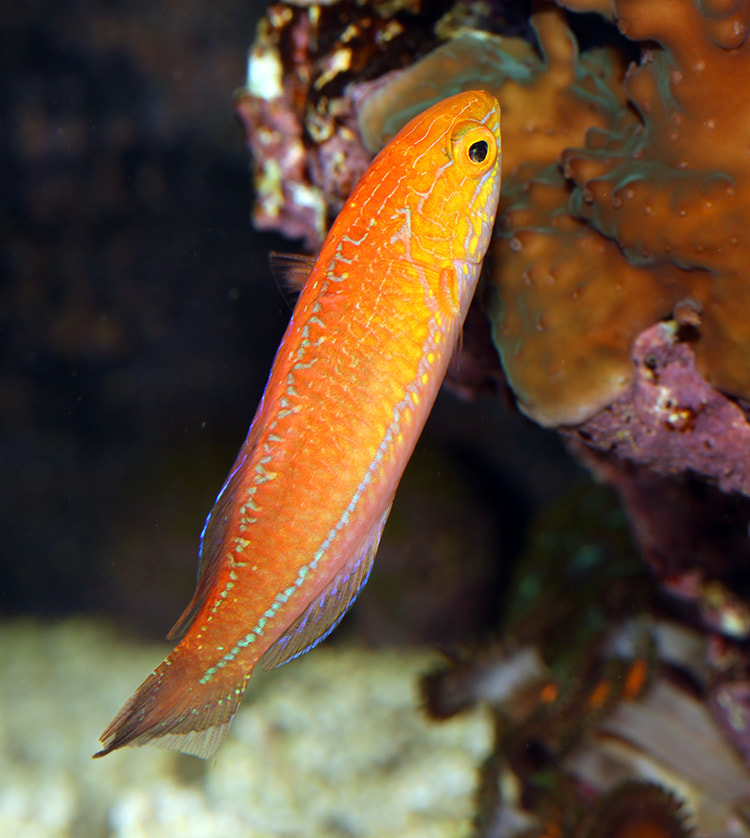
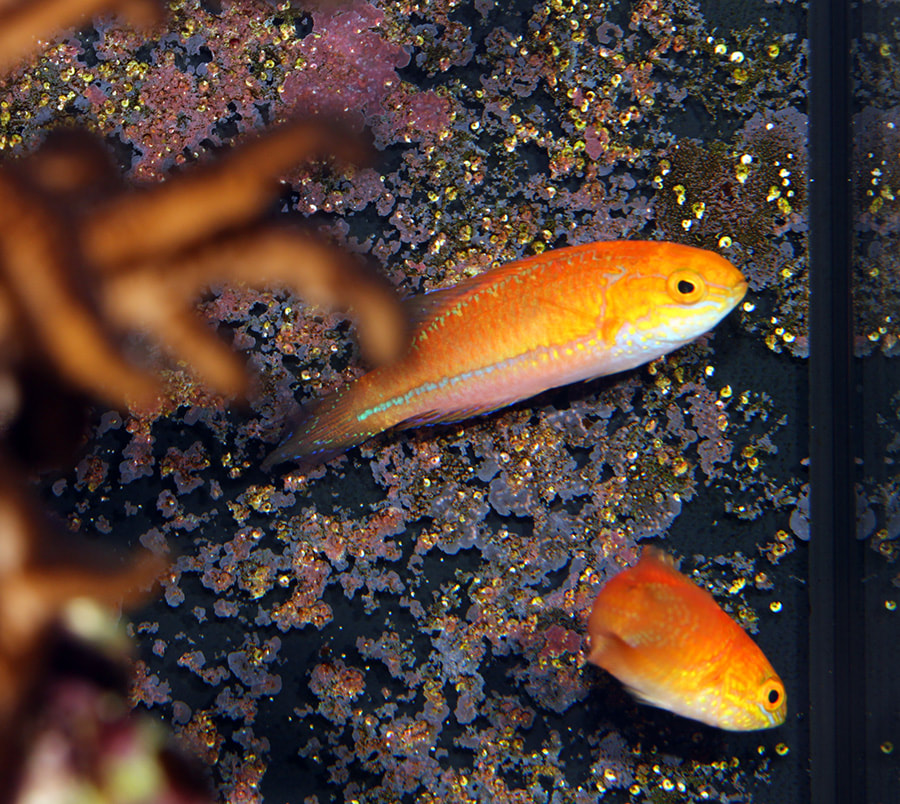
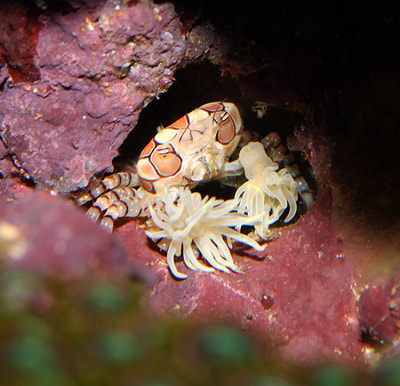
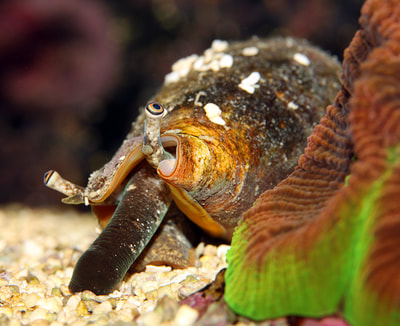
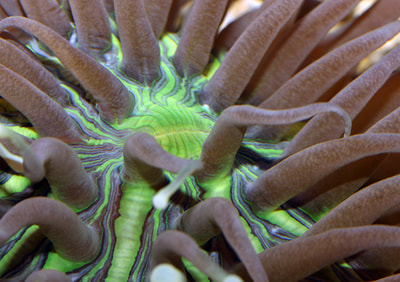
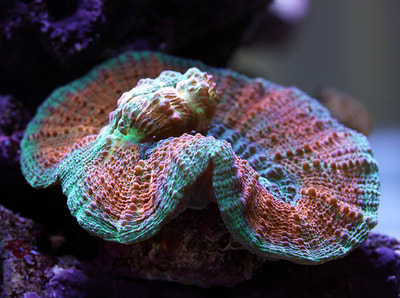
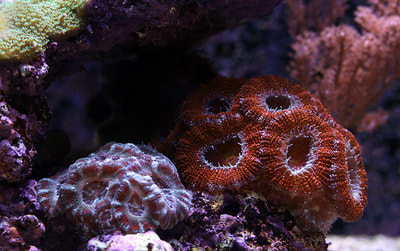
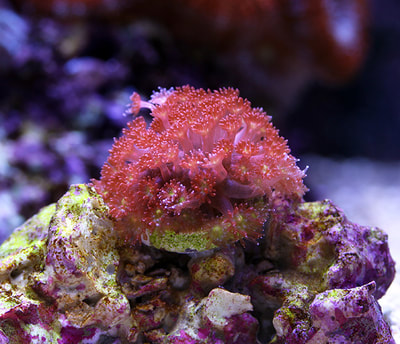
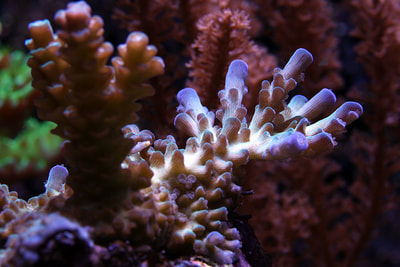
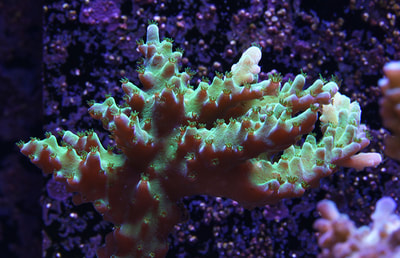
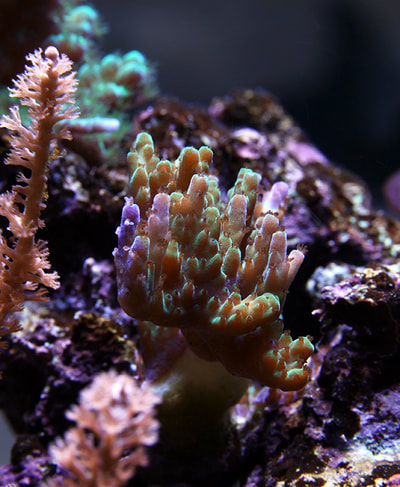
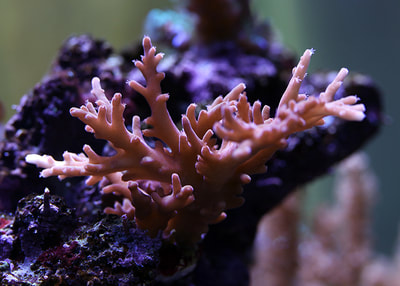
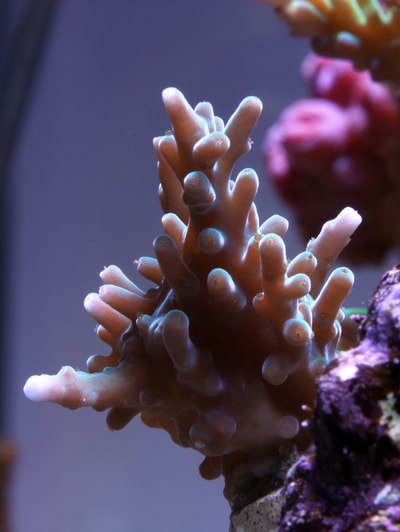
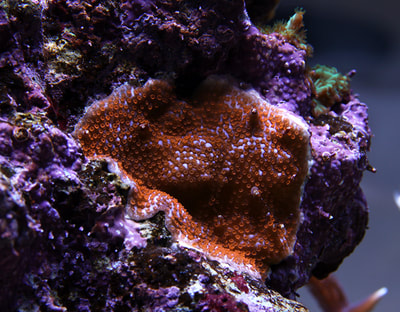
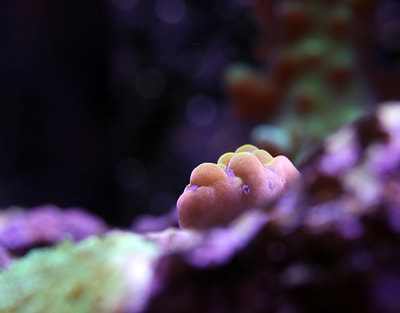
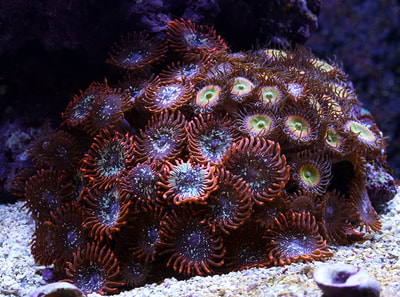
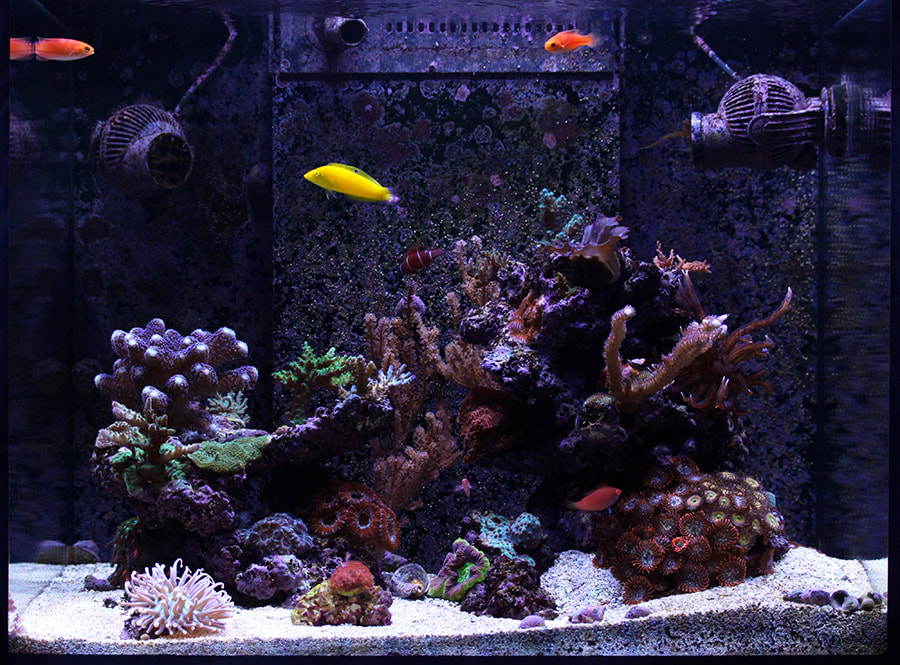
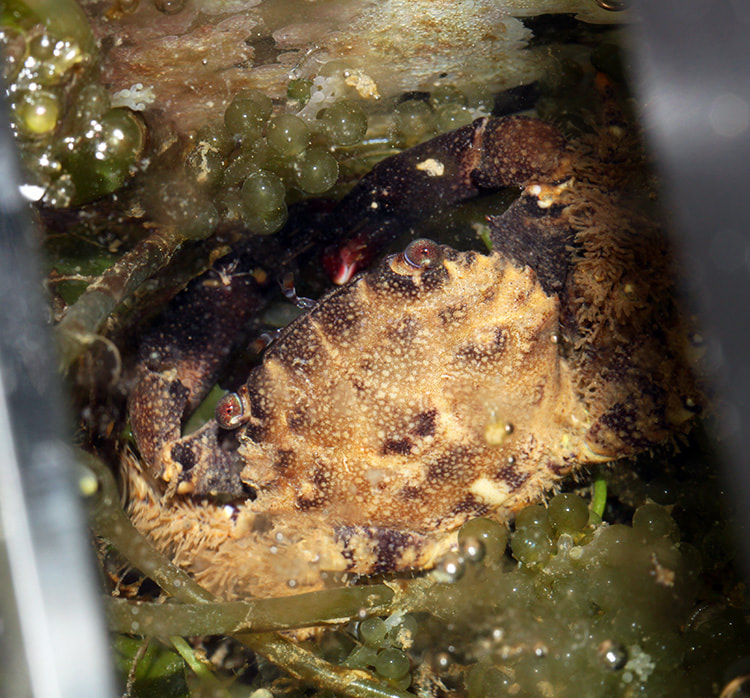
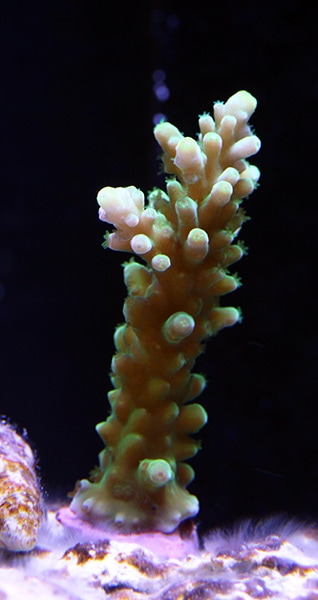
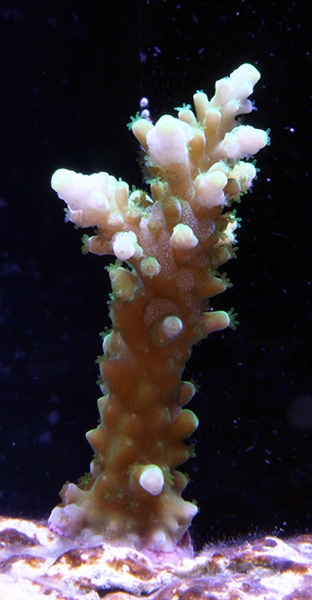
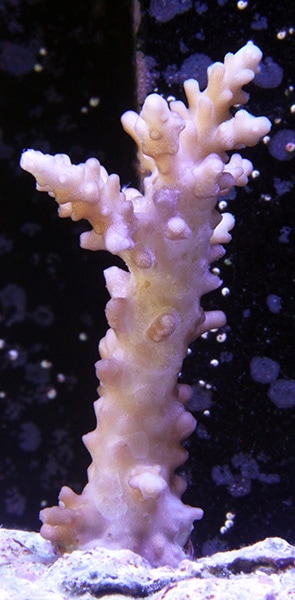
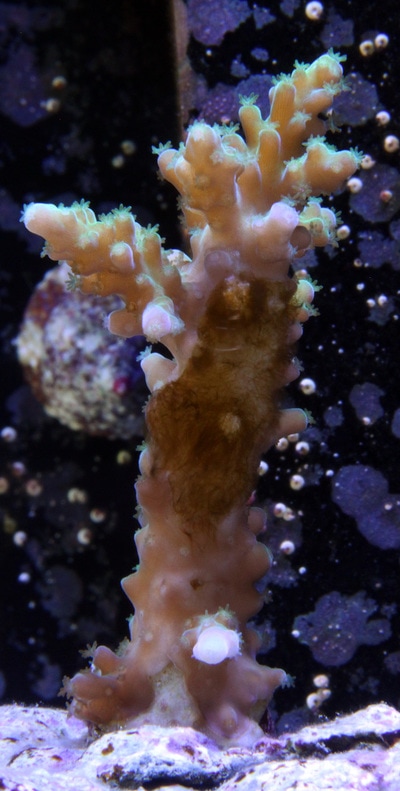
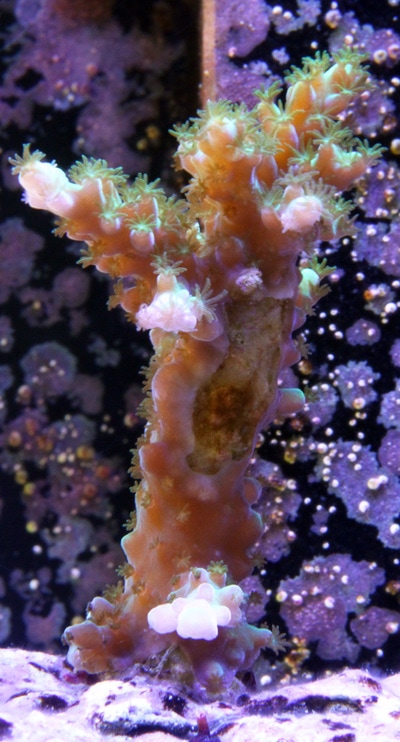
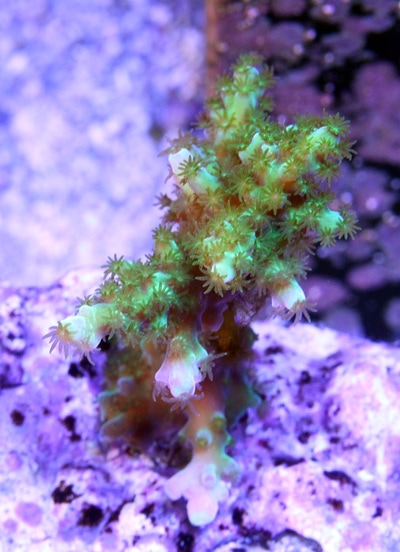

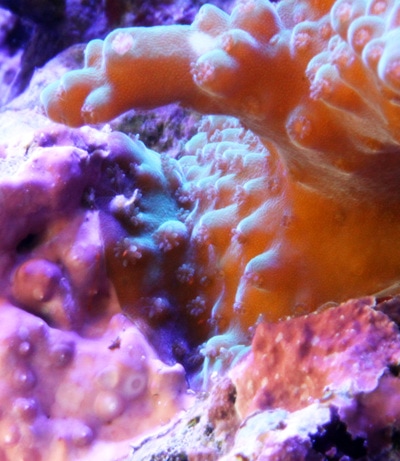
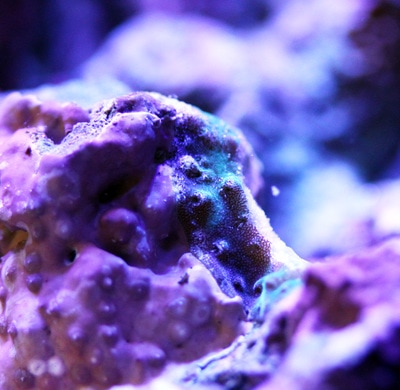
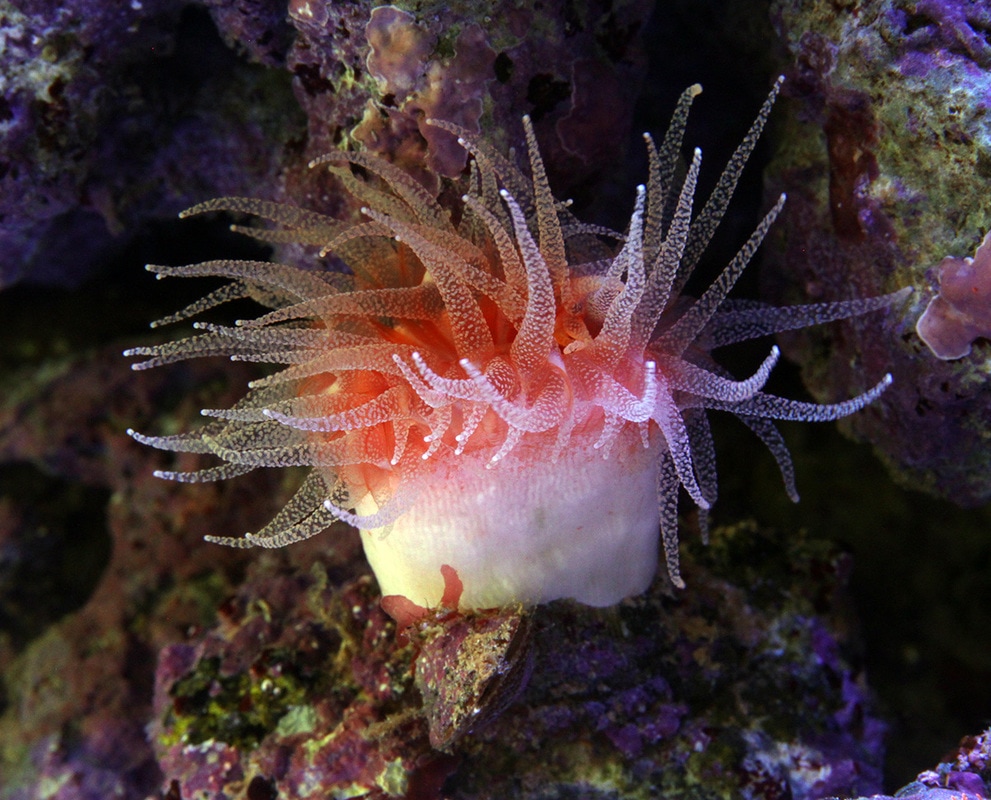
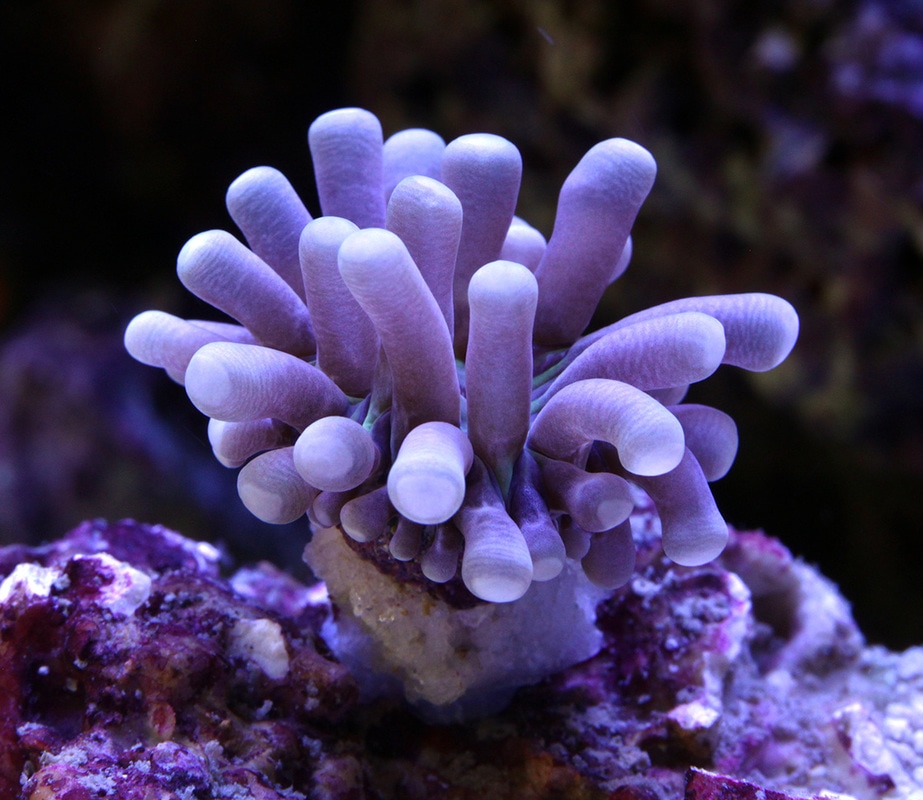
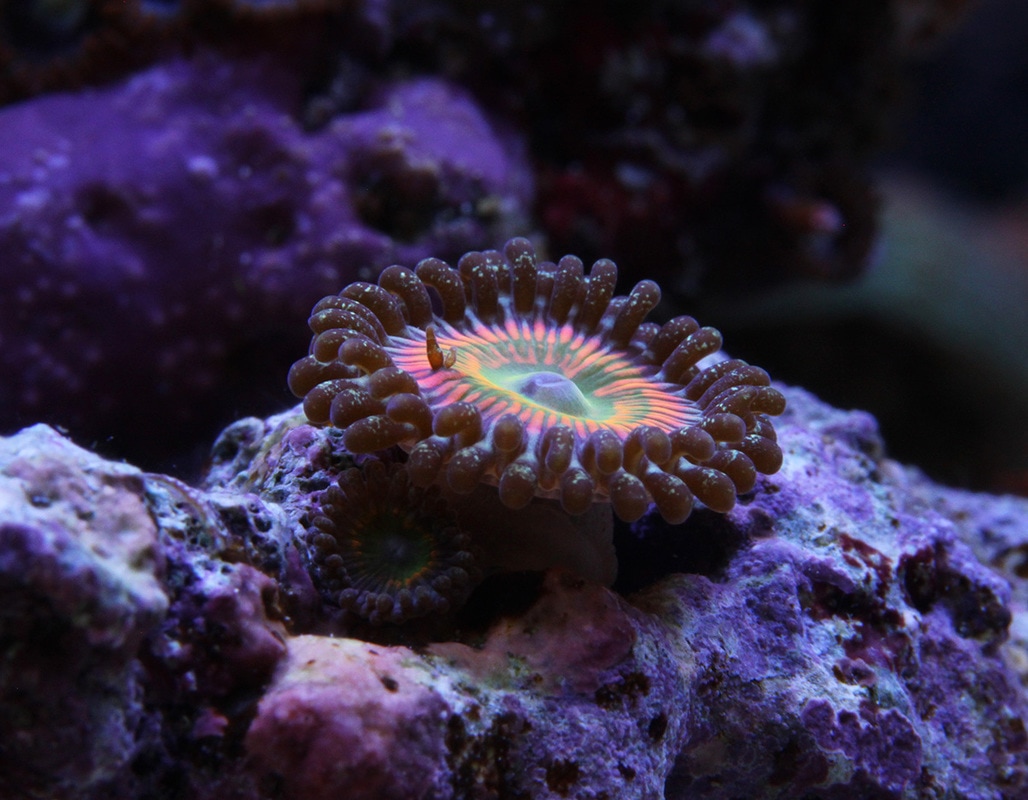
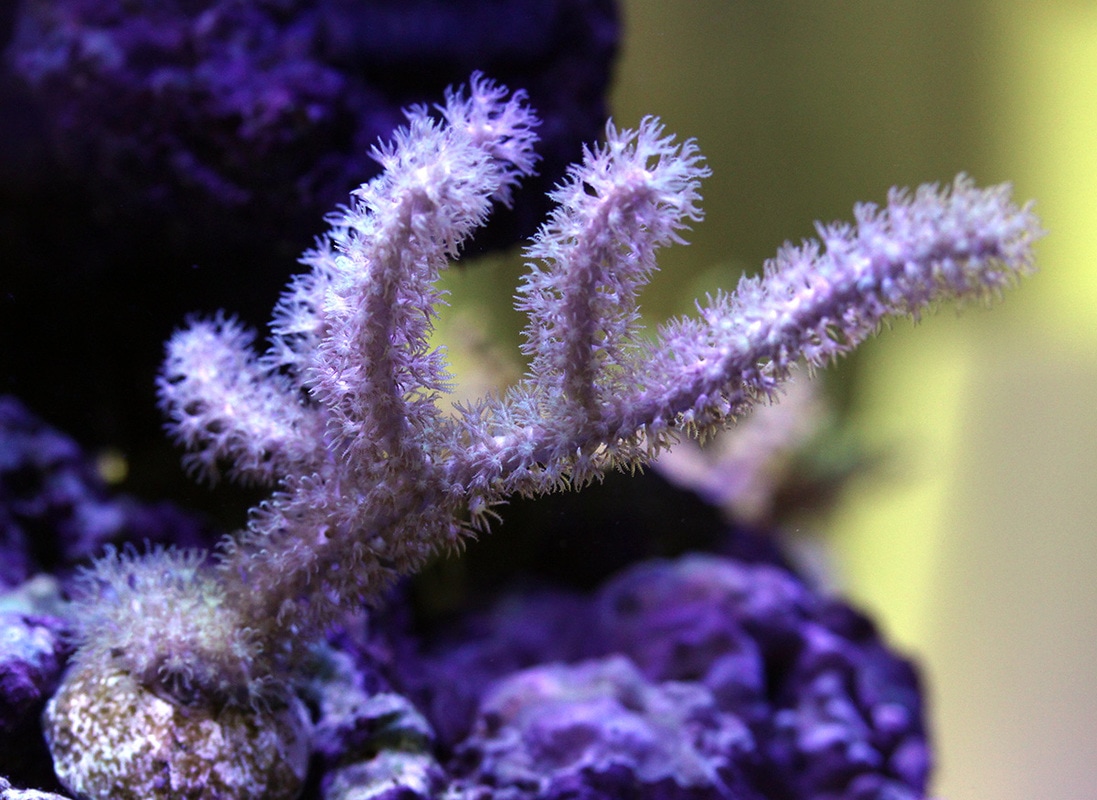
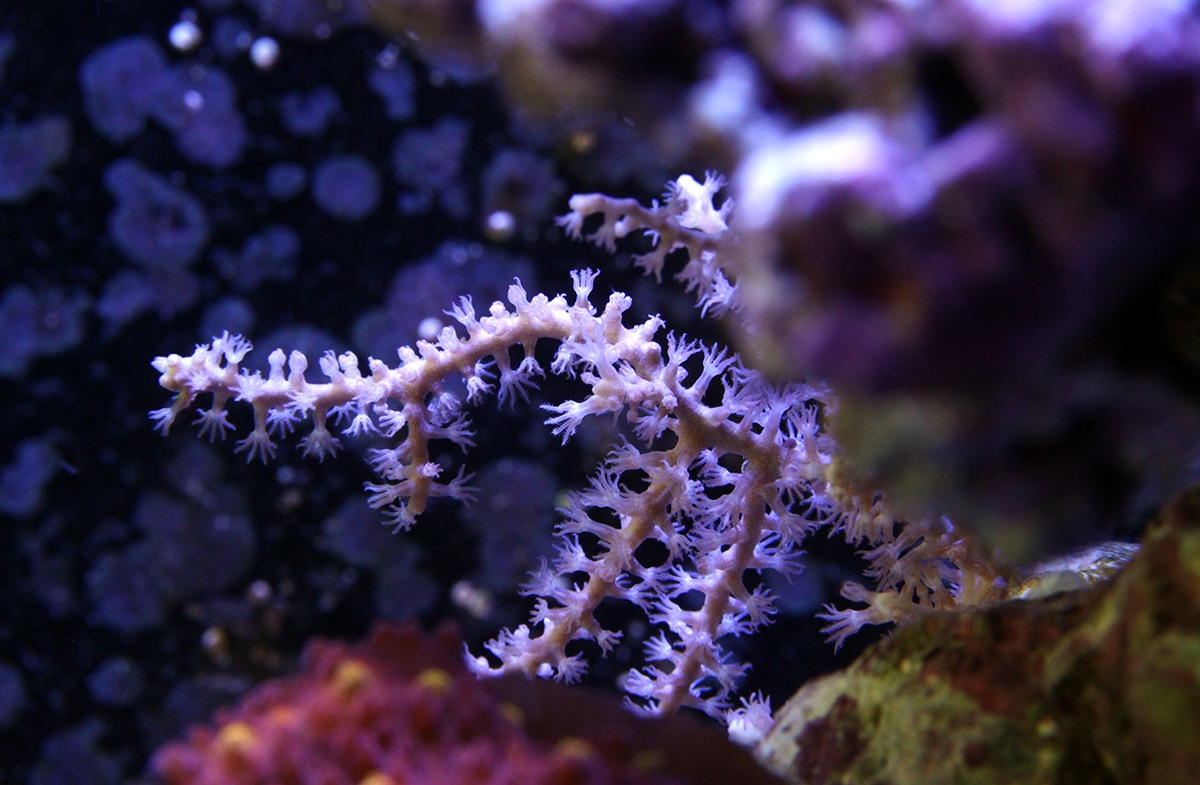
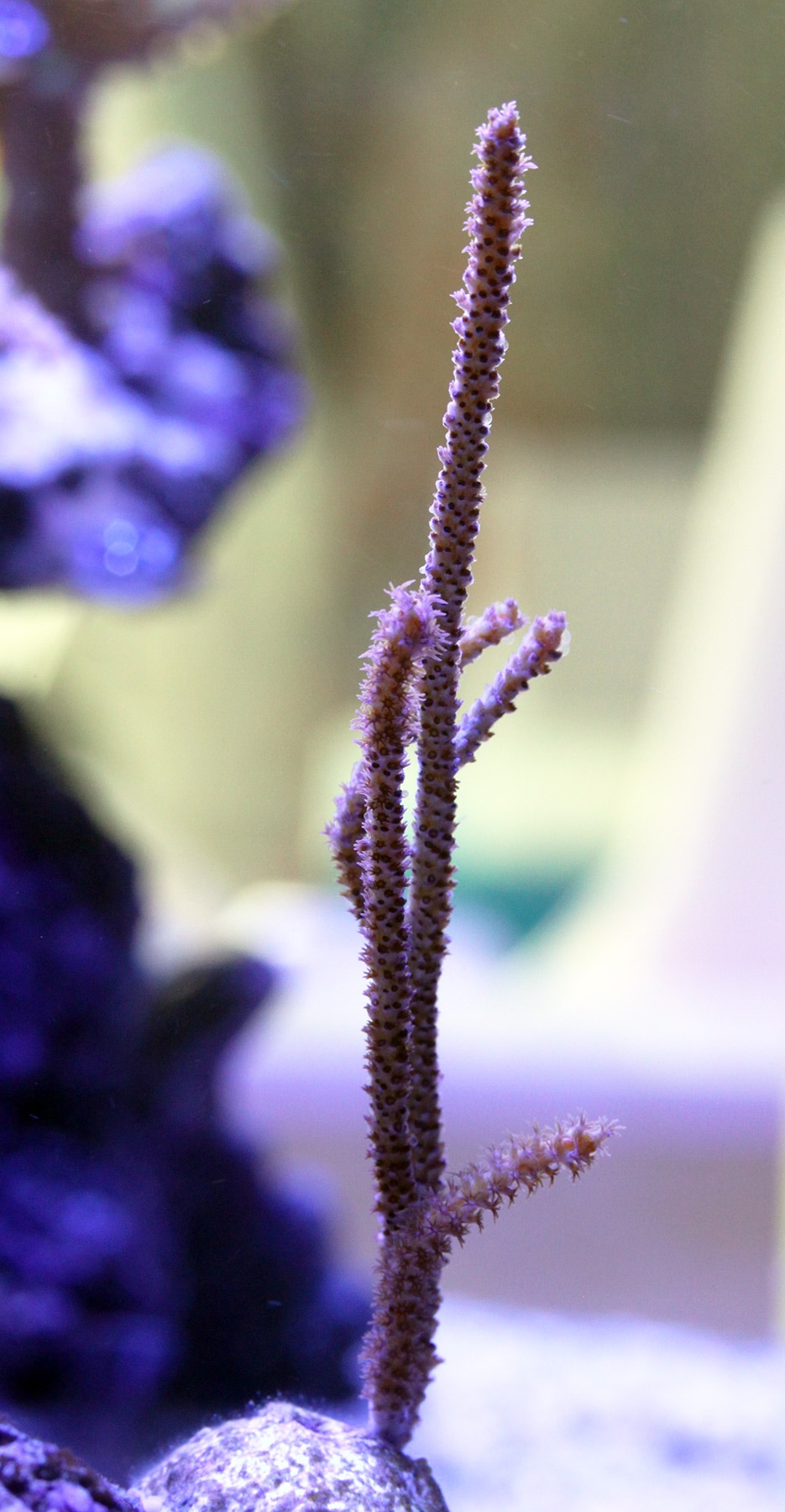
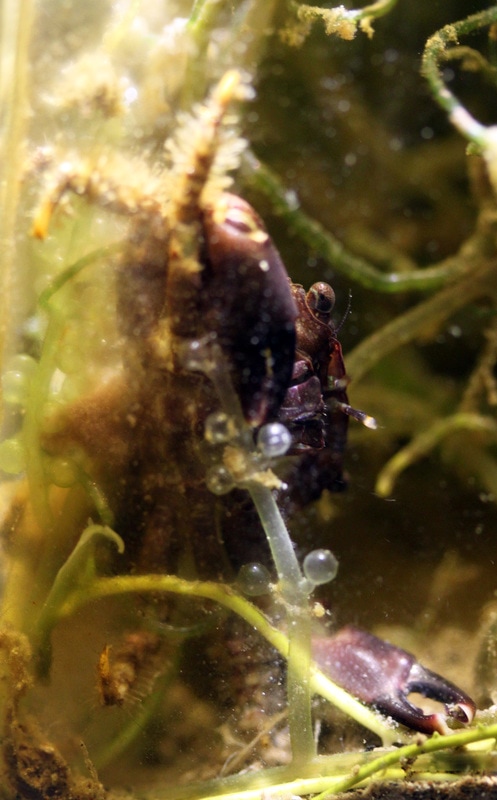
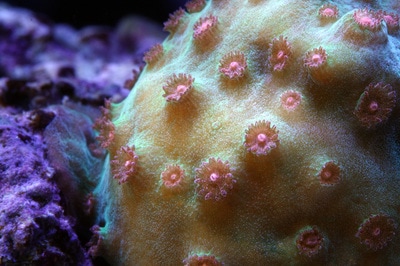
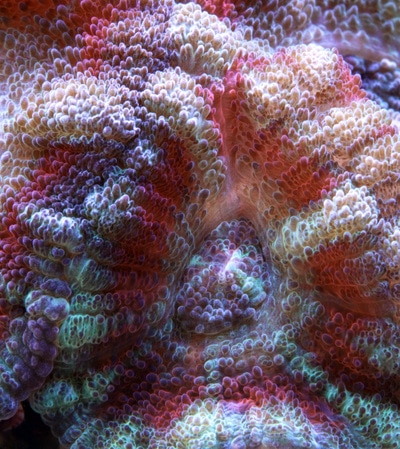
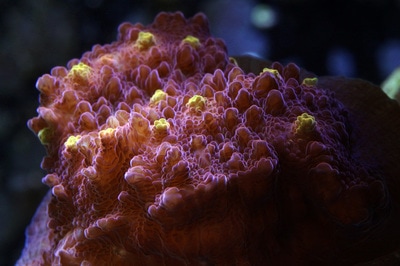
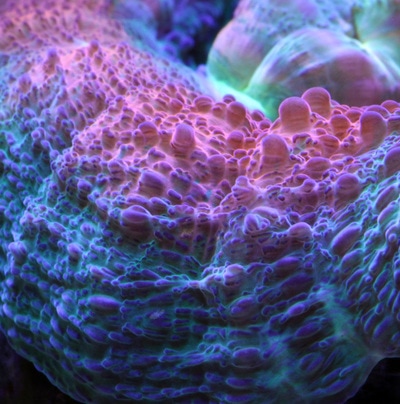
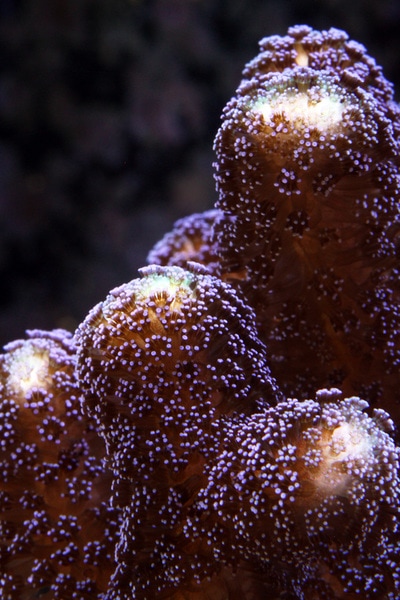
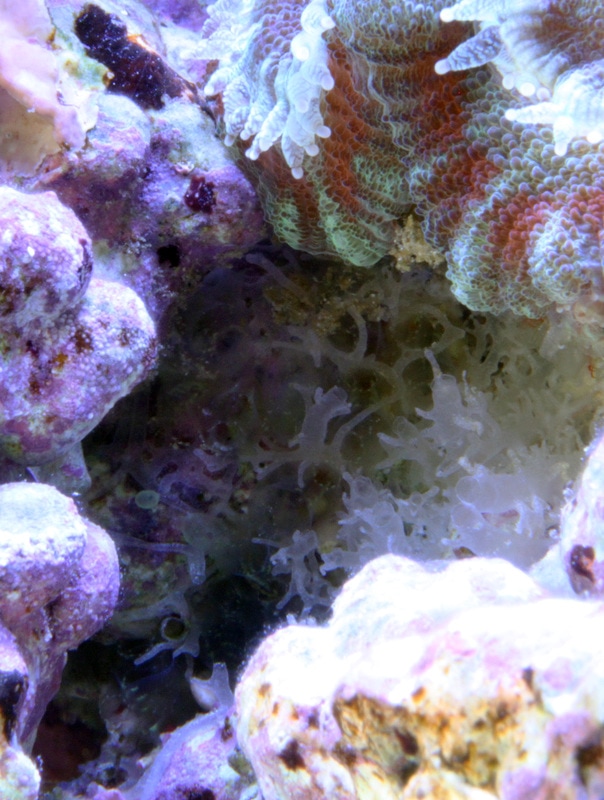
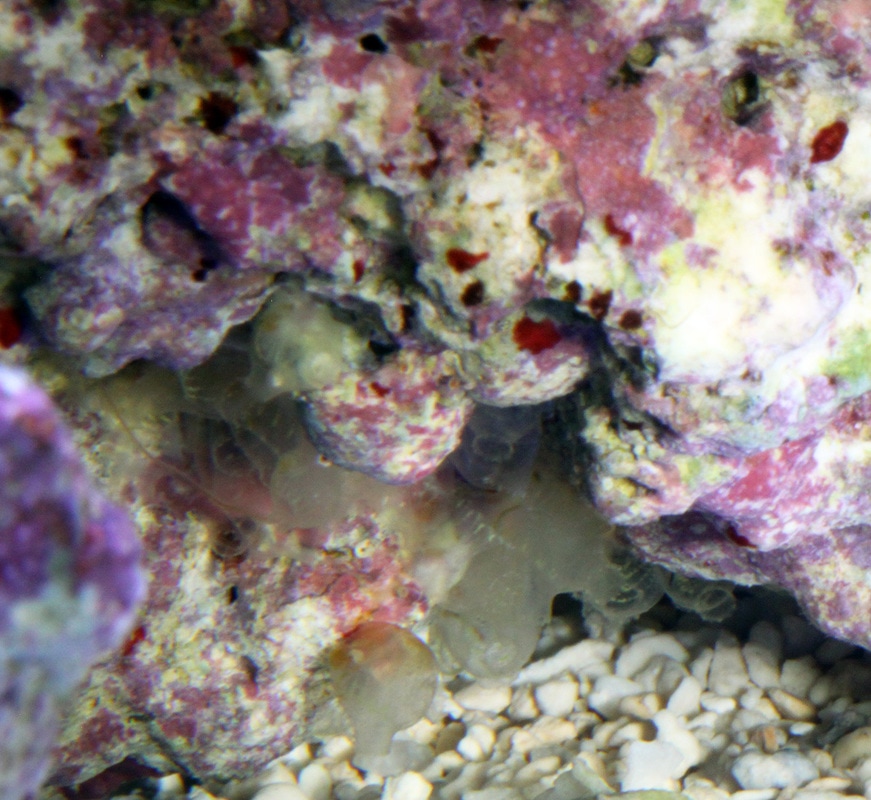
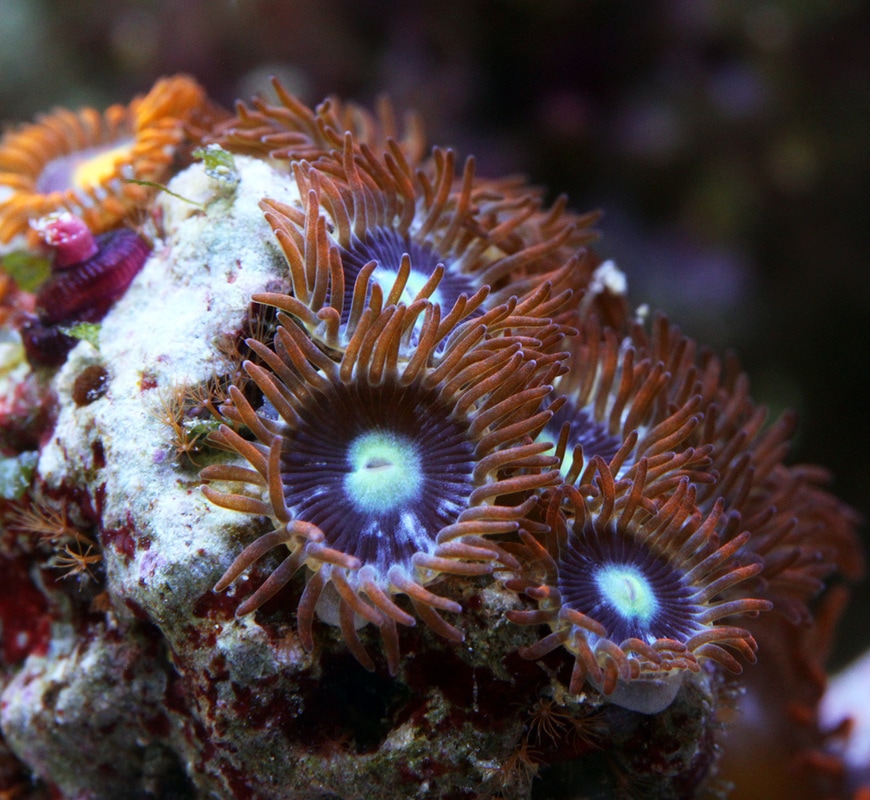
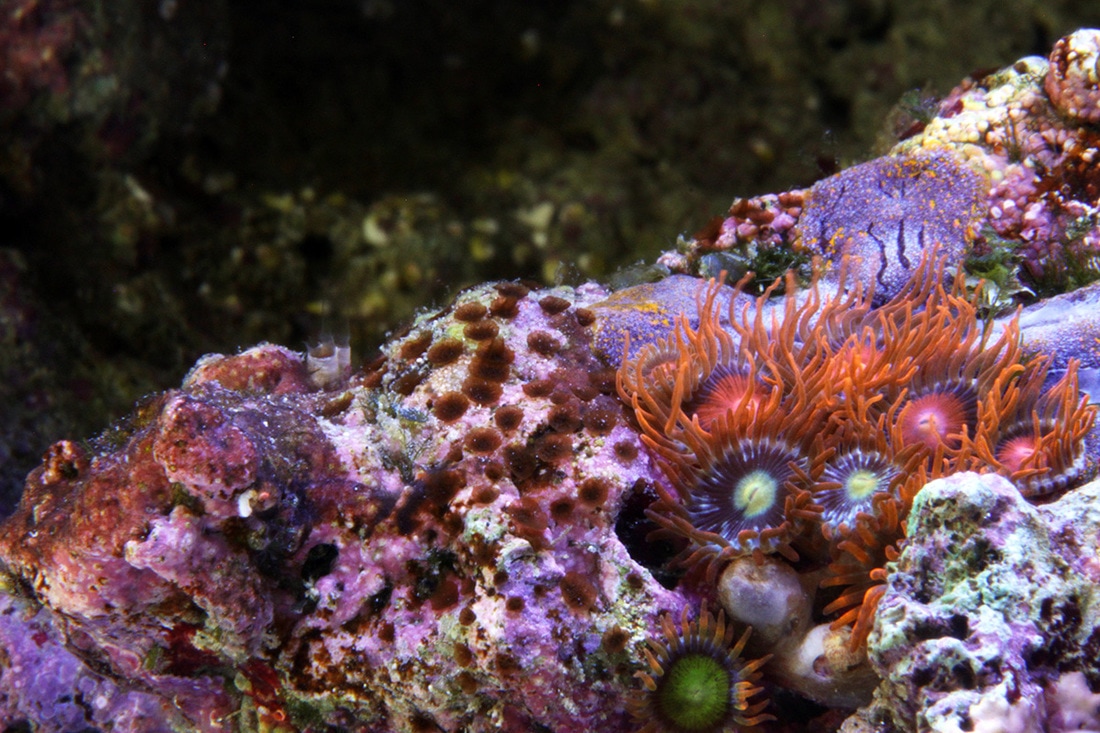
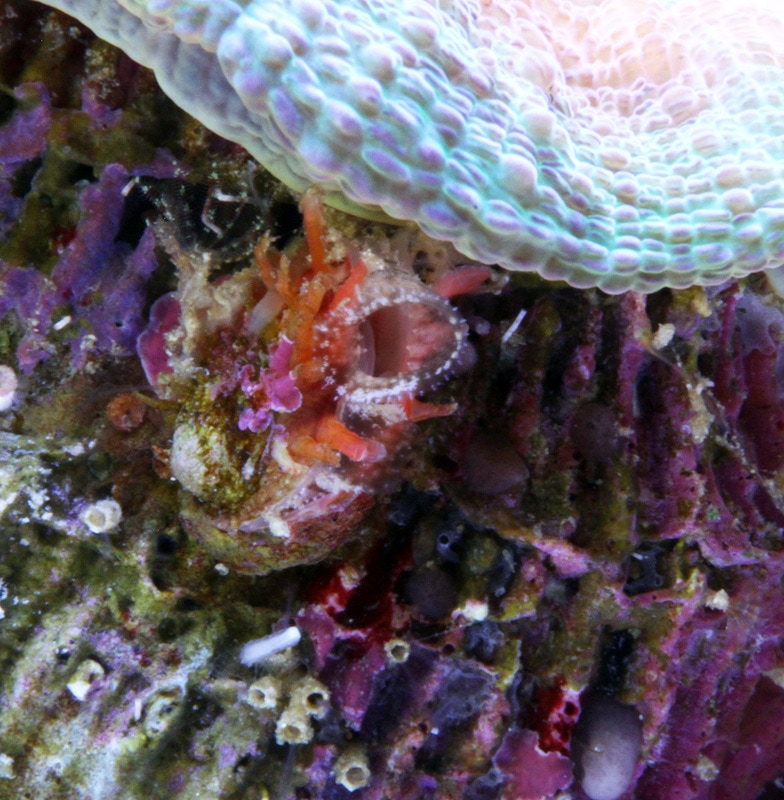
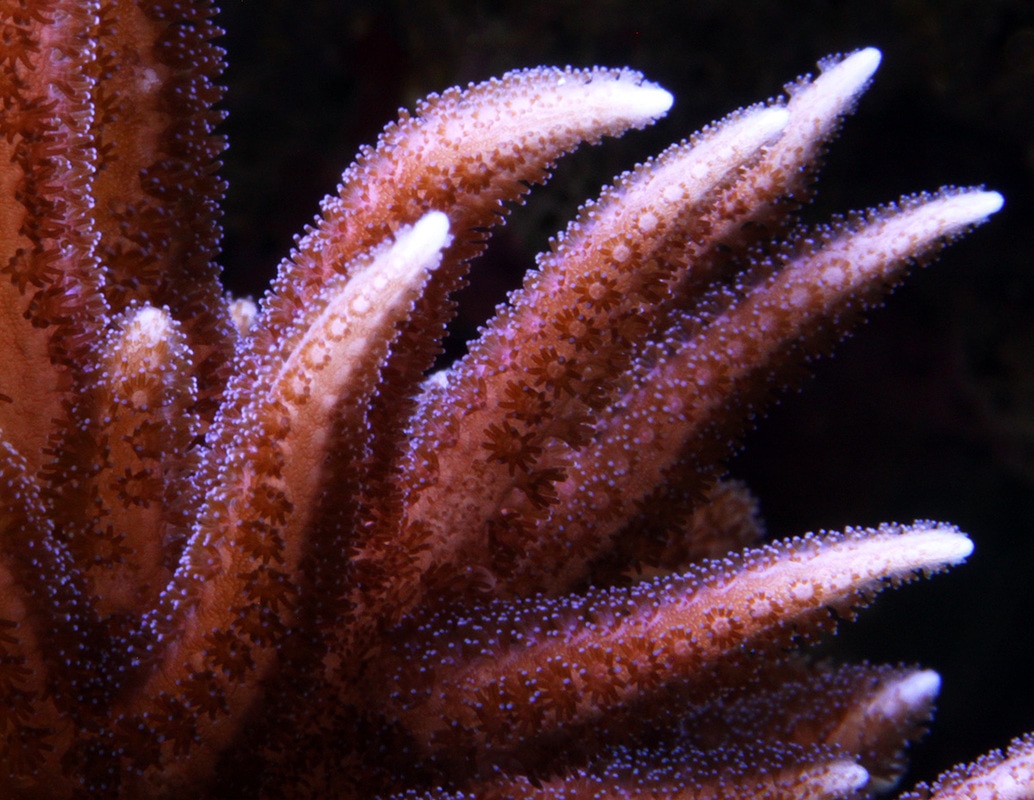
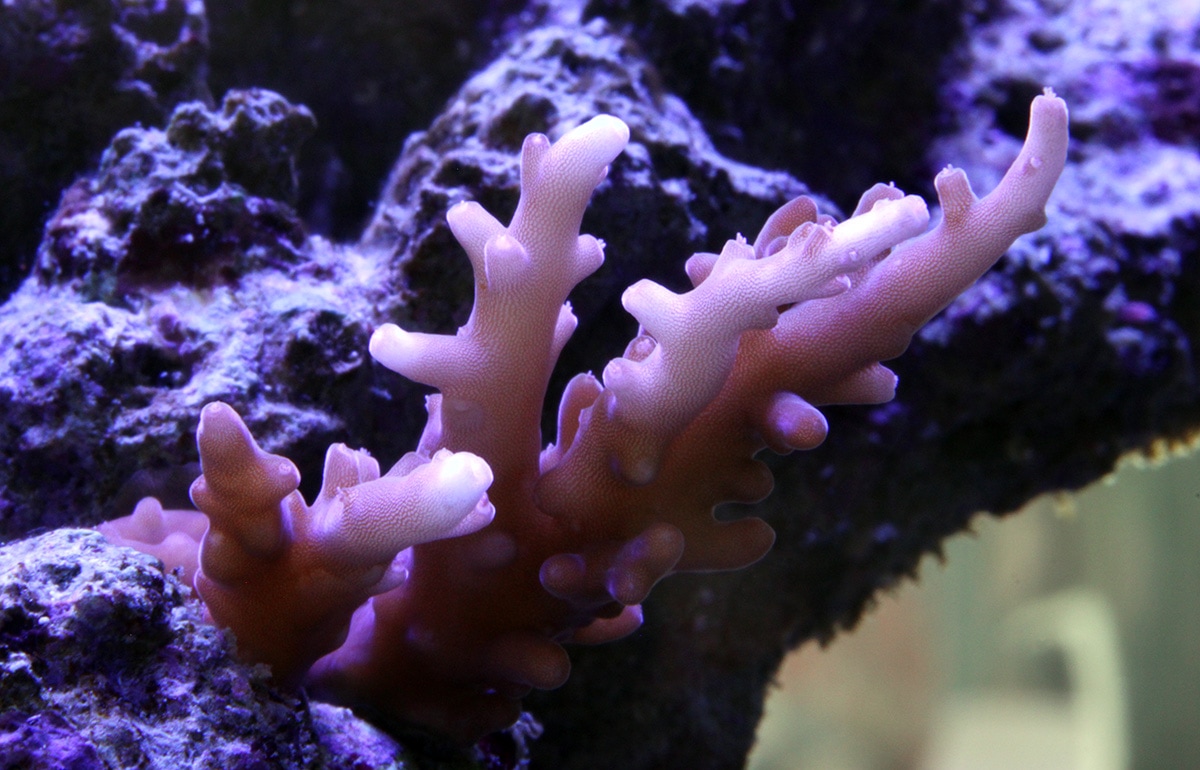
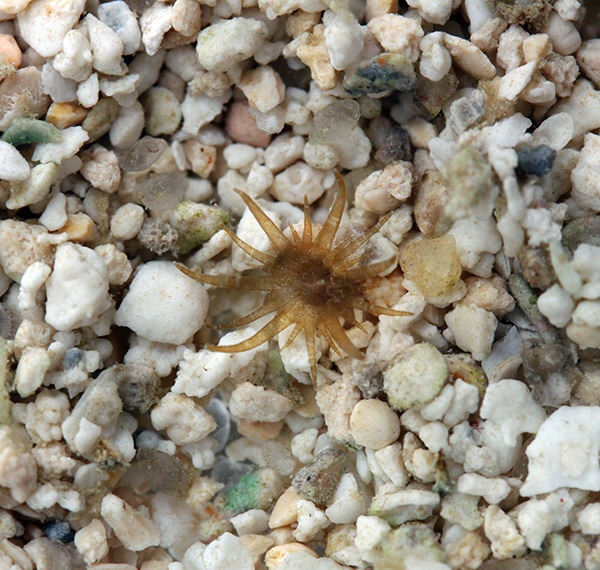
 RSS Feed
RSS Feed
